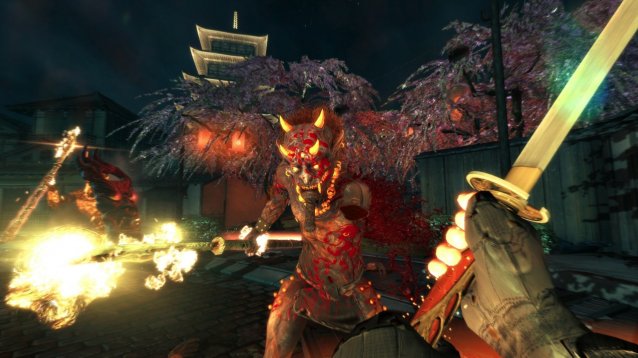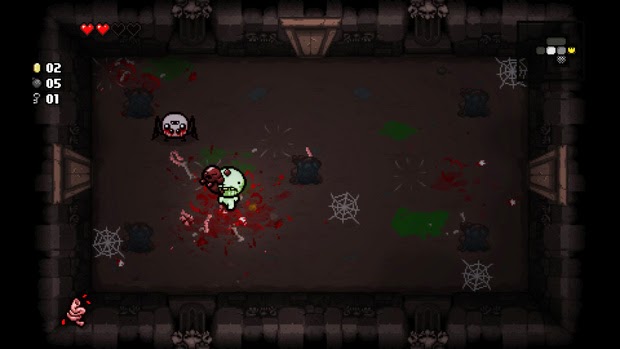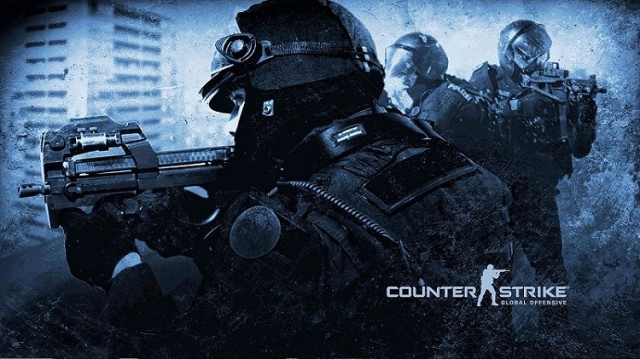

Steven Spielberg and Traveller’s Tales are in a similarly tough place, both fine purveyors of last-gen thrills struggling to find relevance in the modern day. Indy 4 showed the director selling out his brand of practical derring-do for a handful of CG monkeys. Tales too try something glitzier, and under the extra weight their creaky design shudders like Harrison Ford’s knees.
Dropping the traditional six-level-per-film structure, a new format is revealed. Plots are now told through the hub itself, placing key incidents in their own separate levels. Crystal Skull carries most of the weight – three of six hubs – which is a shame, as it doesn’t have enough action needed to carry one. Visiting Oxley’s cell, a cafe kerfuffle, boarding a train. Yes, these events certainly happened in Crystal Skull, but they’re hardly iconic Indy fare.
Many stages are two or three minutes long, focusing on individual LEGO disciplines: building, fighting, platforming, driving, etc. As gameplay mechanics these were never designed to carry whole levels, but gelled pleasantly enough as a lightweight gang. Pulled apart you realize how mind-punchingly repetitive each actually is. Using character A on interactive thing B isn’t puzzle design, and platforming remains a depth perception nightmare. Combat is button hammering – new whip techniques negated by the infinite lives policy.
Of course, if you’ve made your peace with the technical flaws in past LEGO games there’s no revelatory badness to throw you. Fall into the stop-start flow and you’re soon overcome with soothing waves of studs and a ludicrous volume of trinkets to feed any sufferer of LEGO OCD. Considering that individual hubs pack in more play than most kid’s fare offer in their entirety, it feels downright mean-spirited to write these last two paragraphs. But if the stud fits, and all that.
No, for you and us, only the new level creator offers an authentic gamer thrill. Comprehensive enough to produce levels fit for the main game (five in each hub), the tool is thrown together with immense charm. Rather than pilot some disembodied god hand you physically move furniture using LEGO miniatures – the theory being, stages designed on foot can naturally be completed on foot. A sharply constructed toy, it goes some way to reminding us why LEGO games ensnared us in the first place.
Nov 18, 2009




 Call of Duty: Advanced Warfare Wiki – Everything you need to know about the game .
Call of Duty: Advanced Warfare Wiki – Everything you need to know about the game . 6 Games And Apps On Sale This Black Friday
6 Games And Apps On Sale This Black Friday 4 Message Boards to Talk with Other PlayStation Fans
4 Message Boards to Talk with Other PlayStation Fans The Binding of Isaac - Rebirth (PC) useful tips
The Binding of Isaac - Rebirth (PC) useful tips Counter-Strike: Global Offensive - 4:3 Resolution with Windows 10 Temporary Fix
Counter-Strike: Global Offensive - 4:3 Resolution with Windows 10 Temporary Fix